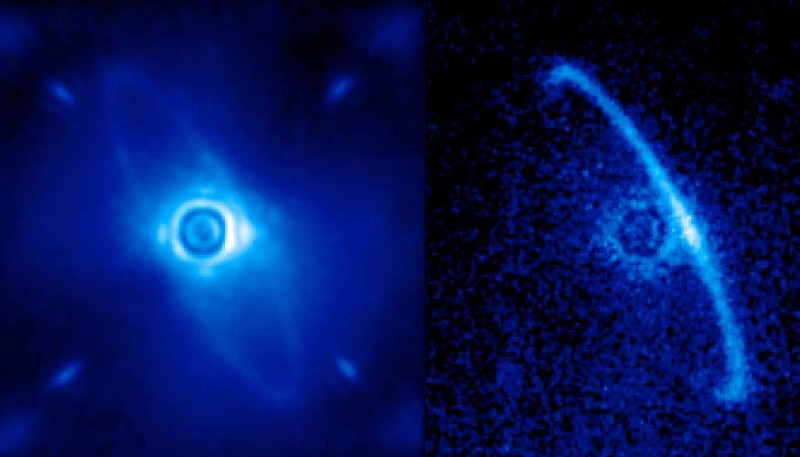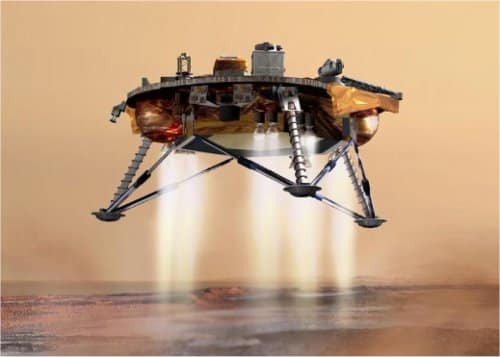Although astronomers have detected nearly 1,000 planets outside of our own solar system, they came to know very little about the composition of those planets. But, the Gemini Observatory’s Gemini Planet Imager (GPI) enables scientists to image exoplanets directly.
Current planet-imaging systems are only able to see gas giants about three or more times the size of Jupiter. Even, NASA’s Kepler space telescope has detected thousands of smaller planet candidates, but it can’t image them directly. But GPI can image exoplanets directly.
GPI is a camera that is used on the Gemini South Telescope, an 8.1-meter behemoth, located in Chile. GPI consists of a sophisticated adaptive optics system to remove the blurring effects of the atmosphere, a chronograph that blocks starlight so planets can be seen, an infrared sensor and a spectrograph. The GPI can also take spectra of a planet by breaking up light into its component colors, revealing the planet’s composition and surface temperature. Images can also be taken in polarized light.
The GPI is eight times more sensitive than current systems. Its goal is to improve the contrast of planetary imaging by an order of magnitude. It’s been reported that GPI is able to clearly see exoplanets even when they are 10 million times fainter than their parent stars, and separated by as little as 0.2 arcseconds.
However, the GPI team expects to release data publicly in February and plans to conduct a large-scale survey of exoplanets in the second half of 2014. For more details, you can hit the links below.
Source: Lawrence Livermore National Laboratory
Thanks To: Space.com
[ttjad keyword=”i-doc-station”]




